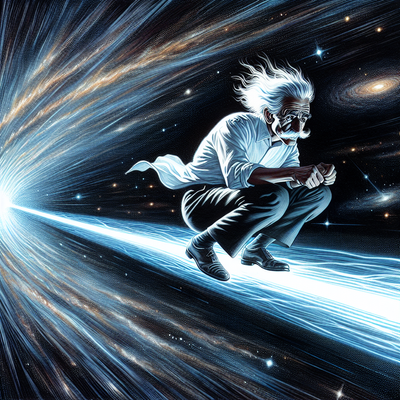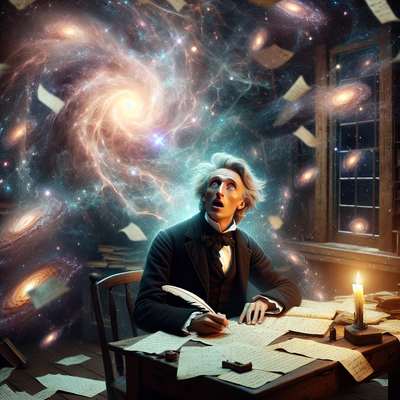“The Eternal Golden Braid,” written by Douglas Hofstadter, is a remarkable exploration of the intricate connections between mathematics, art, and music. Through the lens of three iconic figures—Kurt Gödel, M.C. Escher, and Johann Sebastian Bach—Hofstadter weaves a narrative that delves deep into the nature of human thought and creativity. This book is not just a collection of ideas; it’s a rich tapestry that showcases how mathematics can illuminate various forms of artistic expression. It won the Pulitzer Prize, and the cover cliché reads, "A metaphorical fugue on minds and machines in the spirit of Lewis Carroll". It's a thick, fun read. And it may take many re-reads to grasp the ever-present nuance.
At the heart of this exploration is Kurt Gödel, known for his groundbreaking work in mathematical logic and the incompleteness theorems. Gödel demonstrated that within any consistent mathematical system, there are statements that cannot be proven true or false. This revelation shook the foundations of mathematics and philosophy, challenging our understanding of truth and knowledge. Hofstadter uses Gödel's ideas to illustrate the limits of formal systems and the beauty of complexity, suggesting that the quest for understanding often leads to paradoxes and unexpected insights.
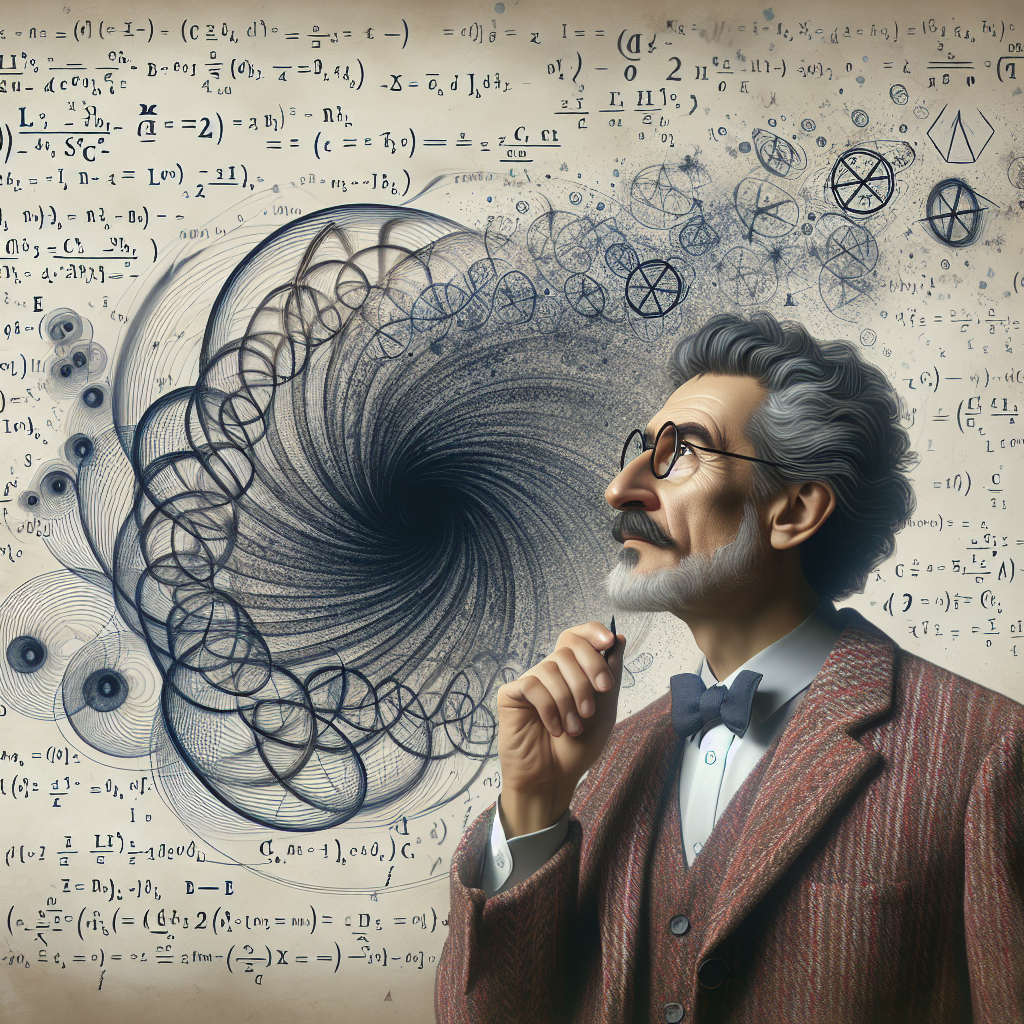
Next, we encounter M.C. Escher, the Dutch graphic artist renowned for his mind-bending visual representations that challenge our perceptions of space and reality. Escher's work often features impossible constructions, such as staircases that ascend and descend simultaneously. His art is a visual embodiment of mathematical principles, particularly in geometry and topology. Hofstadter highlights how Escher's creations invite viewers to contemplate the nature of infinity and recursion, echoing Gödel's themes of self-reference and paradox. Escher’s ability to translate mathematical concepts into captivating visual forms exemplifies the power of artistic expression to communicate complex ideas.
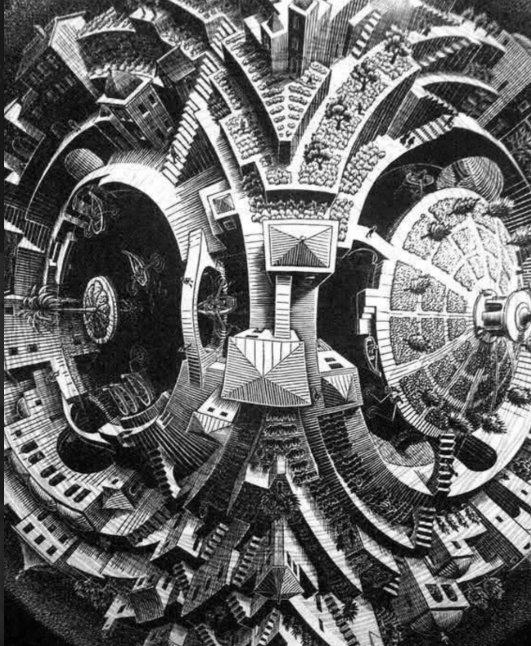
Then there’s Johann Sebastian Bach, the master composer whose music is steeped in mathematical structure. Bach’s compositions often utilize intricate patterns, symmetry, and counterpoint, creating a harmonious interplay of sounds that can be appreciated both emotionally and intellectually. Hofstadter draws parallels between Bach's musical structures and mathematical principles, illustrating how rhythm and harmony can reflect deeper mathematical relationships. Bach’s music resonates with the same elegance found in Gödel’s logical proofs and Escher’s visual puzzles, reinforcing the notion that mathematics is a universal language that transcends disciplines.
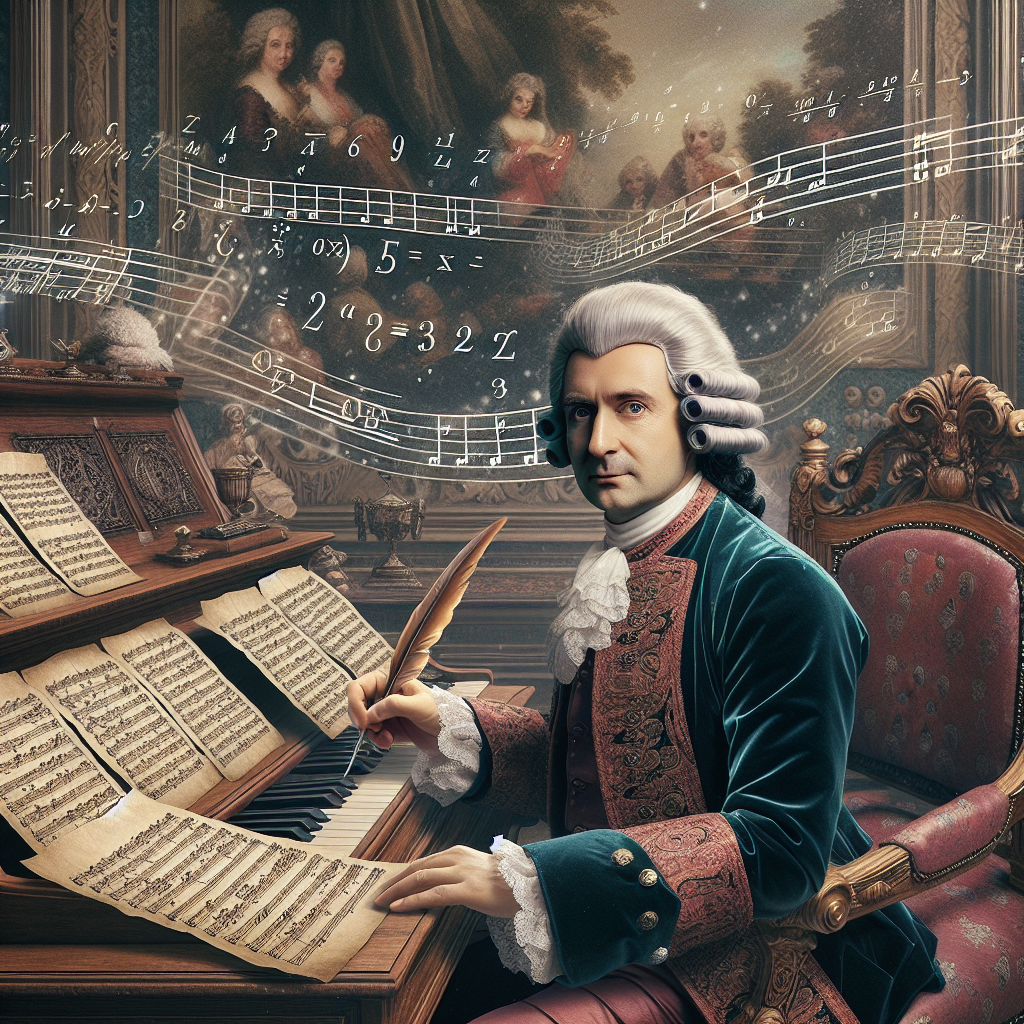
What makes “The Eternal Golden Braid” so compelling is Hofstadter’s ability to weave these disparate threads together into a cohesive narrative. He invites readers to ponder the connections between Gödel’s logical structures, Escher’s visual illusions, and Bach’s melodic intricacies, suggesting that each thinker, in their unique way, harnessed mathematics to enhance their craft. This interplay between logic, art, and music showcases the limitless potential of human creativity, revealing that the act of creation is often rooted in mathematical principles. The book encourages readers to appreciate the beauty of these connections and recognize that, like the tortoise and the hare in Zeno's paradox, the journey of understanding is often more enlightening than the destination. (In Zeno's "Achilles" Paradox, Achilles races to catch a slower runner—a tortoise that is crawling in a straight line away from him. The tortoise has a head start, so if Achilles hopes to overtake it, he must run at least to the place where the tortoise presently is, reasons Zeno, but by the time he arrives there, it will have crawled to a new place, so then Achilles must run at least to this new place, and so forth. According to Zeno’s reasoning, Achilles will never catch the tortoise.)
“The Eternal Golden Braid” is a celebration of the profound relationships between mathematics, art, and music, as exemplified by the genius of Gödel, Escher, and Bach. It invites readers to explore fascinating ideas at the heart of cognitive science: meaning, reduction, recursion, and much more. Through Hofstadter's insightful commentary, we come to realize that mathematics is not merely a tool for calculation, but a foundational element that underlies the beauty of our world. This book stands as a testament to the power of interdisciplinary thinking, reminding us that the greatest insights often emerge at the intersection of diverse fields of knowledge.
(the copyright date is 1979/1999 and there is no Kindle version available, but the link to Amazon is here)
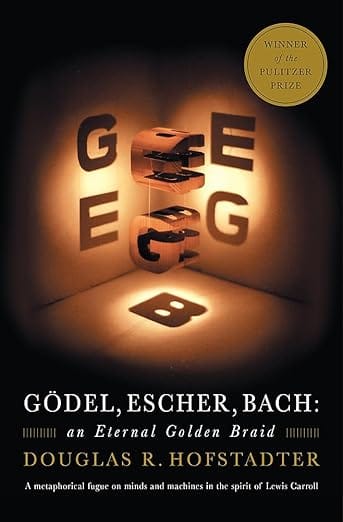
For my articles in this series, visit or bookmark the following;
Brent Antonson: Where Extraordinary Recall Sparks Insight.




